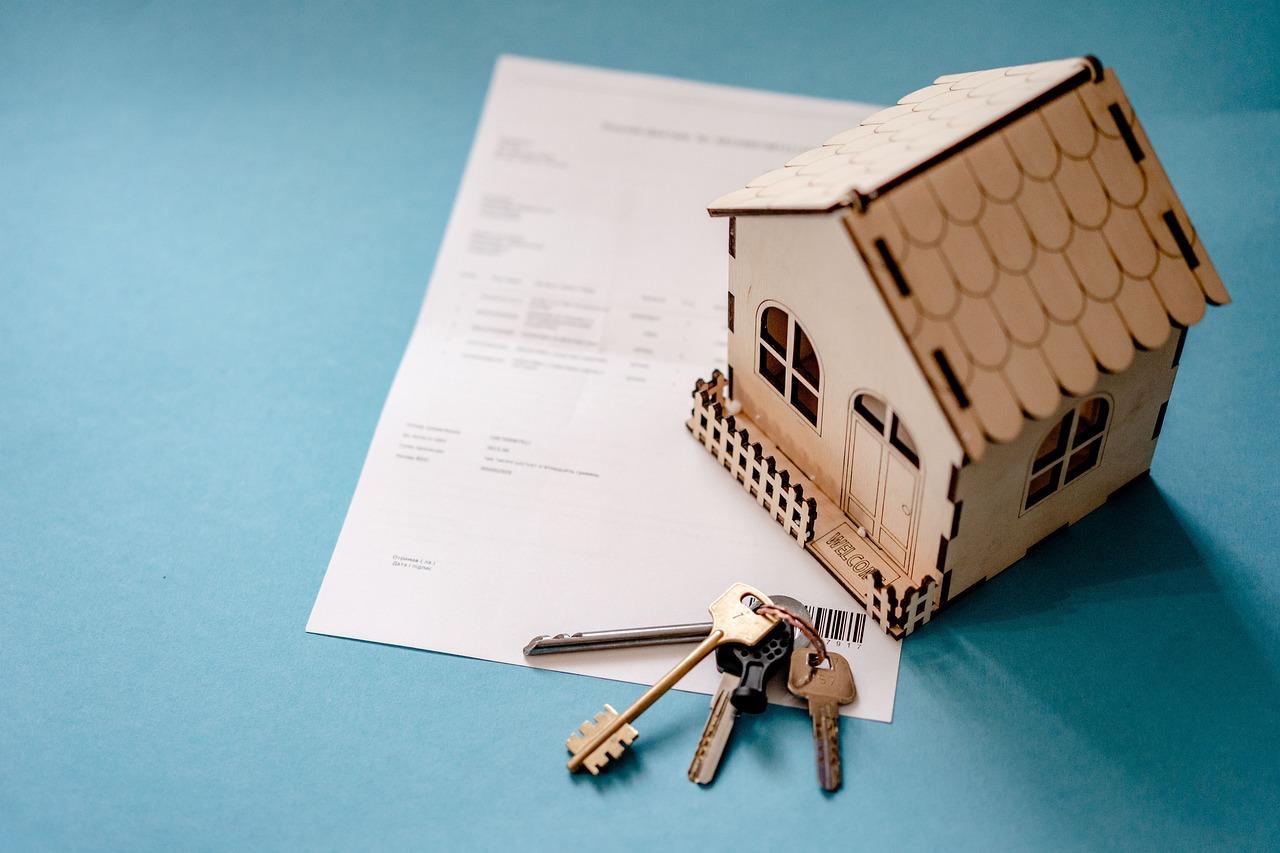
Bitcoin holders use crypto as mortgage collateral to unlock homeownership without liquidating their digital assets, a game-changing trend in 2025. With the Federal Housing Finance Agency (FHFA) exploring crypto’s role in mortgage qualifications, and lenders like Milo and Ledn offering innovative financing, crypto-backed mortgages are gaining traction. This article dives into how these loans work, their advantages, risks, and what Bitcoin investors need to know to leverage their holdings for real estate purchases.
The Rise of Crypto-Backed Mortgages
Crypto-backed mortgages allow Bitcoin holders to use their cryptocurrency as collateral to secure home loans, bypassing the need to sell assets and incur capital gains taxes. In 2025, this financing model has surged in popularity due to regulatory shifts and growing crypto adoption. The FHFA’s June 2025 directive to study crypto’s role in mortgage assessments has signaled mainstream acceptance, with Fannie Mae and Freddie Mac exploring how digital assets can qualify borrowers. Lenders like Milo, Ledn, and SALT Lending now offer loans with Bitcoin, Ethereum, and stablecoins like USDC as collateral, providing up to 100% loan-to-value (LTV) financing.
How Crypto Mortgages Work
The process is straightforward but distinct from traditional mortgages. Bitcoin holders use crypto as mortgage collateral by pledging assets to a lender, who holds them in secure custody (e.g., with BitGo or Coinbase). The lender assesses the collateral’s value, often requiring 100-200% of the loan amount to account for volatility. For example, a $500,000 loan may require $500,000-$1,000,000 in Bitcoin. Borrowers make monthly payments in fiat or crypto, and the collateral is returned upon loan repayment. Smart contracts and blockchain technology streamline approvals, reducing paperwork and processing times by up to 30%. Key steps include:
- Find a Lender: Choose a crypto-friendly lender like Milo (6.5-7.5% APR, up to $5M) or Ledn (6.5-7.5% APR, Bitcoin-only).
- Collateral Assessment: Lenders evaluate crypto holdings, requiring proof of ownership and compliance with anti-money laundering (AML) regulations.
- Loan Terms: Agree on interest rates, repayment terms, and LTV ratios, typically 50-100%.
- Repayment: Pay monthly installments; failure to meet margin calls due to crypto price drops may trigger liquidation.
Benefits of Using Crypto as Collateral
For Bitcoin holders, crypto-backed mortgages offer significant advantages:
- No Liquidation Required: Retain Bitcoin to benefit from potential price appreciation without selling.
- Tax Efficiency: Avoid capital gains taxes, which can be substantial (e.g., $90,000 on a $500,000 Bitcoin gain).
- Flexible Underwriting: Lenders often skip credit checks, focusing on crypto collateral, making loans accessible to those with non-traditional income.
- Fast Processing: Blockchain-based approvals cut mortgage timelines, with funding possible in 24 hours.
As one X user noted, “You don’t have to sell your Bitcoin to buy that house anymore,” highlighting the shrinking tradeoff between crypto investment and homeownership.
Risks and Challenges
Despite their appeal, crypto-backed mortgages carry unique risks:
- Volatility: Bitcoin’s price swings can trigger margin calls. If collateral value drops to 65% of the loan amount, lenders like Milo may demand additional assets or liquidate holdings at 30%.
- Overcollateralization: Loans often require 100-200% collateral, tying up significant crypto assets.
- Regulatory Uncertainty: Evolving regulations may affect loan terms or availability, as the FHFA’s study is ongoing.
- Limited Lender Options: Only specialized lenders like Milo, Ledn, and SALT accept crypto, and traditional banks remain cautious.
A Reddit user warned, “Using your Bitcoin as collateral for a loan is the worst idea ever” if prices crash, emphasizing the risk of liquidation during market downturns.
Top Lenders for Crypto Mortgages in 2025
Several lenders lead the crypto mortgage market, offering competitive terms:
- Milo: 6.5-7.5% APR, up to $5M, 100% LTV, accepts Bitcoin, Ethereum, and USDC. No down payment required.
- Ledn: 6.5-7.5% APR, Bitcoin-only, available in Ontario, Canada, with U.S. expansion planned.
- SALT Lending: 6.75-8.0% APR, supports Bitcoin, Ethereum, and Dogecoin, with 12-60-month terms.
- Nexo: 0-8% APR, accepts 40+ currencies, no set repayment schedule, global focus.
Consulting a crypto-savvy mortgage broker, like LendFriend in Austin, can help navigate these options and optimize terms.
The Future of Crypto in Home Financing
The FHFA’s exploration of crypto as a mortgage asset, coupled with fintech innovation, suggests a bright future for Bitcoin holders using crypto as mortgage collateral. If Fannie Mae and Freddie Mac begin purchasing crypto-backed loans, rates could drop, and access could expand significantly. X posts reflect excitement, with one user stating, “BITCOIN = MORTGAGE ASSET,” signaling a shift toward mainstream acceptance. However, borrowers must weigh volatility risks and choose reputable lenders to avoid pitfalls like rehypothecation, where collateral is reused by lenders.
Conclusion: A New Era for Bitcoin Investors
Bitcoin holders use crypto as mortgage collateral to unlock real estate opportunities without sacrificing their digital wealth. With competitive rates, fast approvals, and tax advantages, crypto-backed mortgages are reshaping homeownership in 2025. However, volatility and limited lender options require careful planning. By working with specialized lenders and brokers, Bitcoin investors can navigate this innovative financing model to achieve their homeownership goals while staying invested in crypto’s future.







